Organizations put in huge amount of time and money in gathering consumer data through market research. Does this research really warrant innovation?
Apparently, Henry Ford never uttered the famous words, ‘If I had asked people what they wanted, they would have said faster horses’. But also, apparently, there is evidence that he thought along quite similar lines. The idea behind ‘ Any colour as long as it is black’ led to great success of the assembly line but failed later when competitors caught up on cost. Ford was not watching new developments in his customer’s world.
A lot is at stake when organizations develop new products. Indeed millions are spent on market research. But very few products eventually find a place in the customers’ hearts for whom they were designed in the first place. What goes wrong?
What really goes wrong is typically the way product manager does the project integration from a consumer’s perspective. I would like to argue that designers in various organizations are still not been used as people who translate great insights into great products.
This function is typically delivered by an engineering manager in companies with technological focus (read automobiles and white goods) and by brand managers in others with a marketing focus (read FMCG).
Most surprisingly, designers are treated as specialists. They remain on the fringe for last mile dressing up job despite receiving a professional education that uses multi-disciplinary approach and ‘learning by doing’ in all their academic work.
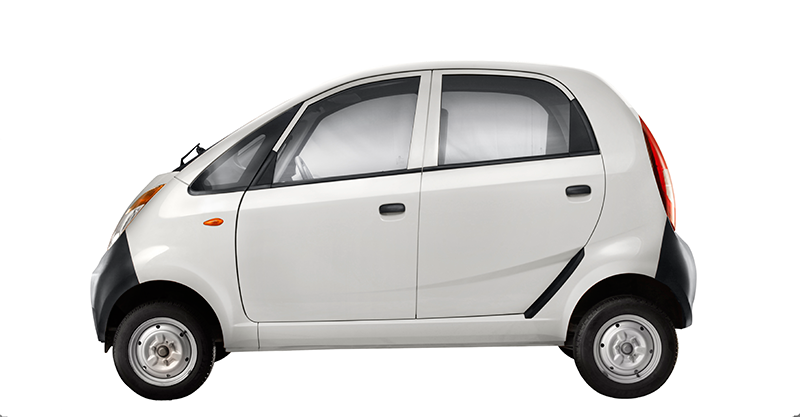
Designers are makers and problem solvers. They can empathize with their customers and look at things through the customer’s eyes. They dwell upon relationships between data and anecdotes, technology and aesthetics, affordability and aspiration. They are not afraid of failures and hence make great project managers. Give them a chance to take centrestage in new product development.
In today’s connected world we are moving towards businesses models that rely on crunching huge data and clearly predicting behaviour and choices. How does one balance the onslaught of data and making sense of that data with a design vocabulary?
Can one really carve out a personality of ‘The Customer’? How does one build aspirational value into the products that one is making?
Steve Jobs is often quoted saying, “People don’t know what they want until you show it to them. That’s why I never rely on market research.” At the same time Apple is good at understanding how people interact with new technology and working on insights that sound like universal truths which have not received enough attention.
Customers react very well when you show them ideas, prototypes and ask them to interact with them as you watch. From insight to idea is a journey that still remains essentially creative and hence a human enterprise. No amount of big data and algorithm or rational thinking can bring in this contribution to the innovation chain.
In his interesting piece in the HBR blog Patrick Vlaskovits attributes Ford’s failure to respond in a timely and effective manner to competitive innovation in the marketplace to an attitude summed up in the ‘Faster Horses’ quote he never uttered.
’Ford’s refusal to continuously test his vision against reality led to the Ford Motor Company’s failure to innovate, resulting in a catastrophic loss of market share from which it never recovered’.
-
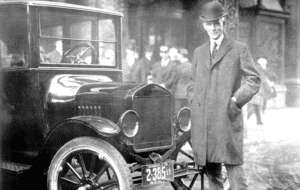
Henry Ford’s adamant position on ‘one model for all’ led to the foundation of the moving Assembly Line and low cost production. Later, in the face of competition, Ford failed to do a continuous reality check on where their customer was headed (Patrick Vlaskovits, HBR blog, 2011)
-
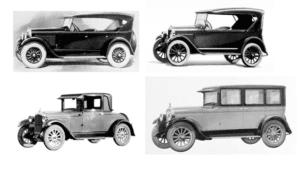
In the 1924 report, Alfred Sloan explained his idea behind ‘a car for every purse and purpose’. With this market segmentation strategy, GM soon overtook Ford in sales.
-
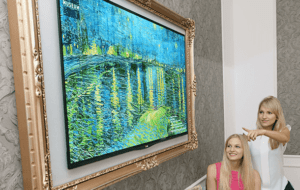
Designers of consumer electronics have traditionally been very good at understanding what their customers will dream about.
-
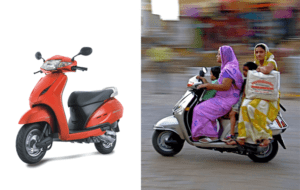
One of the rare examples of product design from first principles is Honda’s Activa. Designed and engineered for India, the designers were able to appreciate a latent preference for a strong built scooter with ease and convenience. Last year it became the single largest selling two wheeler of India.
-
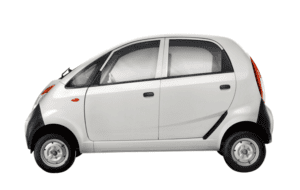
The Tata Nano which initially looked like a breakthrough idea driven by consumer insights, eventually turned out to be a complete no starter. Most failed to predict deep rooted aspirations of the customers who chose status over a great bargain.
-
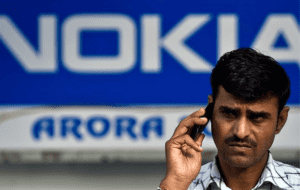
Nokia’s ‘Made for India’ strategy worked wonders when they entered the market here. Slow response to changing realities made Nokia give way to competitors like Samsung who successfully created an aspirational brand.
-
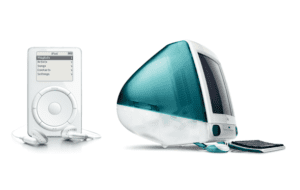
Steve Job’s ‘Customers do not know what they want (unless we show them)’ has been used as a weapon of destruction of all market research by creative people quite frequently. In reality, Apple relies heavily on deep insights into what people are frustrated with and what they can offer to get a straight entry into their hearts.
-
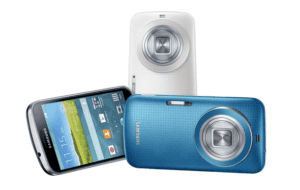
Samsung’s latest galaxy K Zoom camera phone. Samsung is aware of their customers aspirations and they are able to swiftly respond to those. This ability has made them the market leaders in most territories they operate in.
Casting this overall idea of the brand and product promise with experiential elements of consistency is what all designers live for…. As the smart world of devices dominates this decade, one thing is certain: unless we place people in focus when it comes to the ‘Internet of Things’, we will have useless junk getting churned out.
The most important contribution from the design community in this regard will be what it has been over the last century — putting people first.
